The following tips will help ensure you get the most out of your reflexology treatments. Start with preparing your mind and body so you can feel relaxed, comfortable, and enjoy the full benefits of this modality. Feel free to reach out if you have any questions regarding any of these tips.
Before Your Reflexology Treatment
Relaxed Body and Mind
Ideally you can come to your treatments feeling comfortable and unrushed. Avoid scheduling strenuous activities immediately before and after your treatment. When possible, give yourself a buffer time around your appointment so you can focus on enjoying a period of relaxation during and after your appointment.
Wear Comfortable Clothing
In a reflexology treatment we only need access to the reflex maps we’re working on – the feet, hands, and/or outer ears. Wear comfortable, loose clothing, and your everyday footwear. Some clients prefer to remove rings, watches, and earrings for the session while others keep them on – you can opt for whichever is more comfortable.
Eating Before Reflexology
Ideally you’ll be able to arrive in a bit of a Goldilocks state – not too hungry, not too full – just right. Folks with blood sugar challenges usually eat a small protein snack in the car before their appointment. Forgot to bring a post-treatment snack? I always have something on hand from the reflexology classes and am happy to offer you something from my tea hutch, just ask!
Staying Hydrated
Reflexology encourages the body to remove waste materials from systems and you’ll likely notice a slight increase in thirst following your session. A hydrated body responds more effectively to reflexology treatments so it’s a good idea to hydrate a bit before your appointment.
Stimulants and Reflexology
It’s a good idea to avoid caffeine (chocolate, black and green tea, energy drinks, coffee) an hour or two before and after your reflexology session. Caffeine is a nervous system stimulant and can counteract the effects of your reflexology treatment.
Alcohol and Reflexology
Many folks report negative reactions to alcohol following reflexology so I advise avoiding or reducing alcohol intake in the 24 hours prior to your treatment as well as the 24 hours after.
Symptoms Check
If you’re experiencing a sudden onset of symptoms, such as waking up with a sore throat or a skin rash, please contact me right away. Contagious conditions will need to be resolved prior to us having an in-person appointment but I can give you self-care reflexology tips via an online appointment.
During Your Reflexology Treatment
Reflexology is a deeply relaxing and rejuvenating modality. Come prepared to enjoy your appointment time, bring a hifi mask (N95, KF94, KN95) or let me know if you need me to meet you at the door with one.
Health History Intake
New clients have the choice between a 90 minute Initial Reflexology Treatment all in-office, or a 30 minute New Client Intake over Zoom followed by your first reflexology treatment on another day. For some clients they like having an all-in-one first appointment, while others find they do better breaking it up into two appointments.
Either way, the health history intake will take approximately 30 minutes and is the opportunity for us to start working as a team. You are the expert of your body and the experiences that have brought you to seeking out a reflexology treatment with me. With my 18 years of experience I will listen to your health history and your wellness goals and use that information to guide my approach for the treatment.
Reflexology Appointment
Armed with the knowledge of your health history and what goals you are hoping to accomplish with our time together, I will create a session plan to guide which reflex map(s) to work on as well as areas of emphasis. In every reflexology treatment I’ll touch on each organ, gland, and part, but will spend more focus time on some areas than others. I use finger and thumb reflexology techniques with a nurturing pressure. I do not hold the theory that reflexology treatments need be painful to be productive, and in fact request that you communicate with me on areas that are sharp or painful so I can adjust my pressure or technique accordingly.
Areas of Emphasis
These are the body systems or direct reflex areas chosen for the session based on the intake at the beginning of the appointment. For example, an area of emphasis for someone with recurring urinary tract infections would include the urinary system reflexes but also the central and peripheral nervous system reflexes that come off the spinal cord and innervate the kidneys, ureters, and bladder.
Stress Cues
Barbara and Kevin Kunz coined this term in reference to how a reflexologist views areas of sensitivity and tenderness in the reflex maps. A tender spot is called a ‘stress cue’ and helps fill in the picture of how your body holds and perceives stress. For example, we would not be surprised to find the reflex areas for the sinuses are very sensitive during peak pollen season for an allergy sufferer.
After Your Reflexology Treatment
I believe the body integrates a reflexology session depending on what it needs most in the moment, for example, if you’ve been running through all of your energy resources in the last few days you’ll feel a bit sleepy or groggy after a session.
Rest and Relaxation
In our appointment we’ve asked the body to check in with every organ, gland, and body part and that’s a lot of brain power to use! In the first hours following your session you may feel relaxed, sleepy, daydreamy, or like you’ve had an epic power nap.
Emotions
You may notice a heightened sense of your emotional state following a treatment, or you may experience an emotional release during or after the session. Reflexology can help remove blockages to emotions we’ve held back or bottled up. After reflexology, some folks report feeling a bit irritable, bored, or tearful as they move through the day and then feeling lighter and freer a few days after.
Pain Management
Some clients will experience a noticeable difference in their pain levels after a session while others may need several treatments before they start to experience improvement. In some cases, old aches can pop up for an hour or two, giving way to an improved joint or body area. We call this ‘going back through’ where the body takes on an old injury or trauma to heal at a deeper level.
Detoxification
It is common to notice an increase in urination frequency or an extra bowel movement or two following a reflexology treatment. This is a welcome sign that the body is taking out the trash and cleaning house. Most clients find it helpful to check in with their hydration – increasing water intake when urine presents darker than lemonade in the toilet bowl, or slowing down on water intake when urine presents very pale or clear in the toilet bowl.
Your Journey to Better Health
Preparing for your reflexology appointment includes giving yourself adequate time for your appointment, staying hydrating, and wearing comfortable clothing and footwear to your session. Communicate with me during your session for changes in pressure techniques over sensitive areas, or if you’d like a blanket to enjoy a deeper relaxation state. Pay attention to hydration, avoid caffeine and alcohol, and note changes in emotions, pain, and eliminatory function following your treatment. Your body will thank you for employing reflexology to help reduce pain, improve relaxation, balance emotions, detoxify your system, and enhance your sense of wellbeing.
Need to schedule an appointment? You can request an appointment time through the online scheduler. I’m looking forward to supporting your wellness goals!


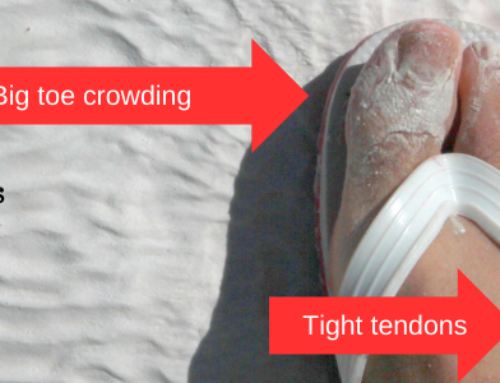
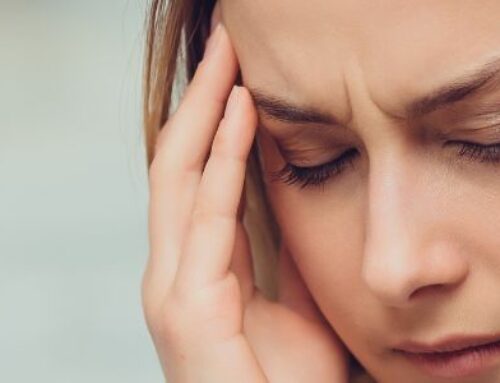
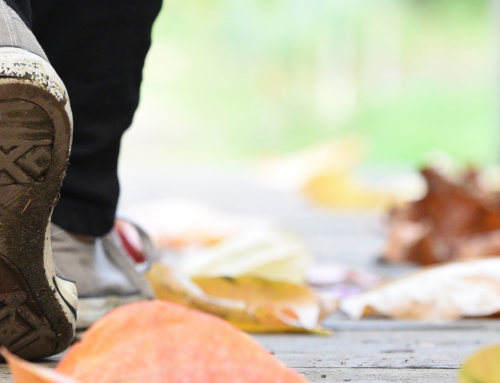
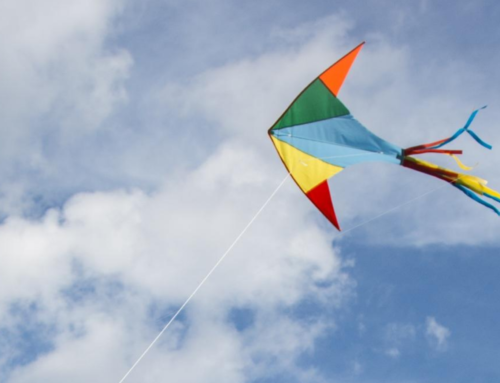
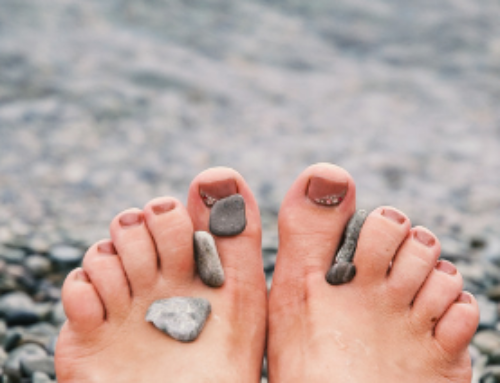
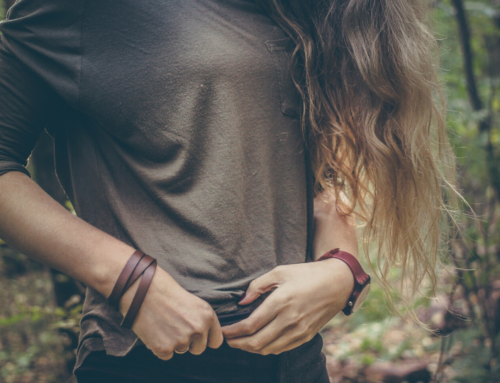
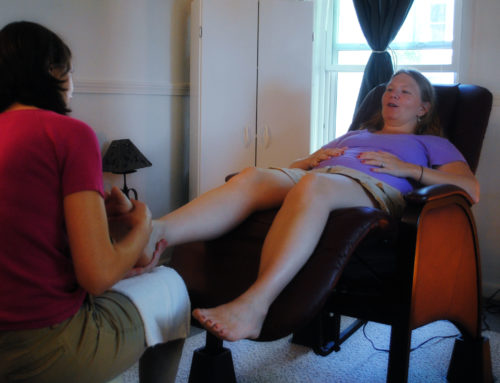
Leave a Reply